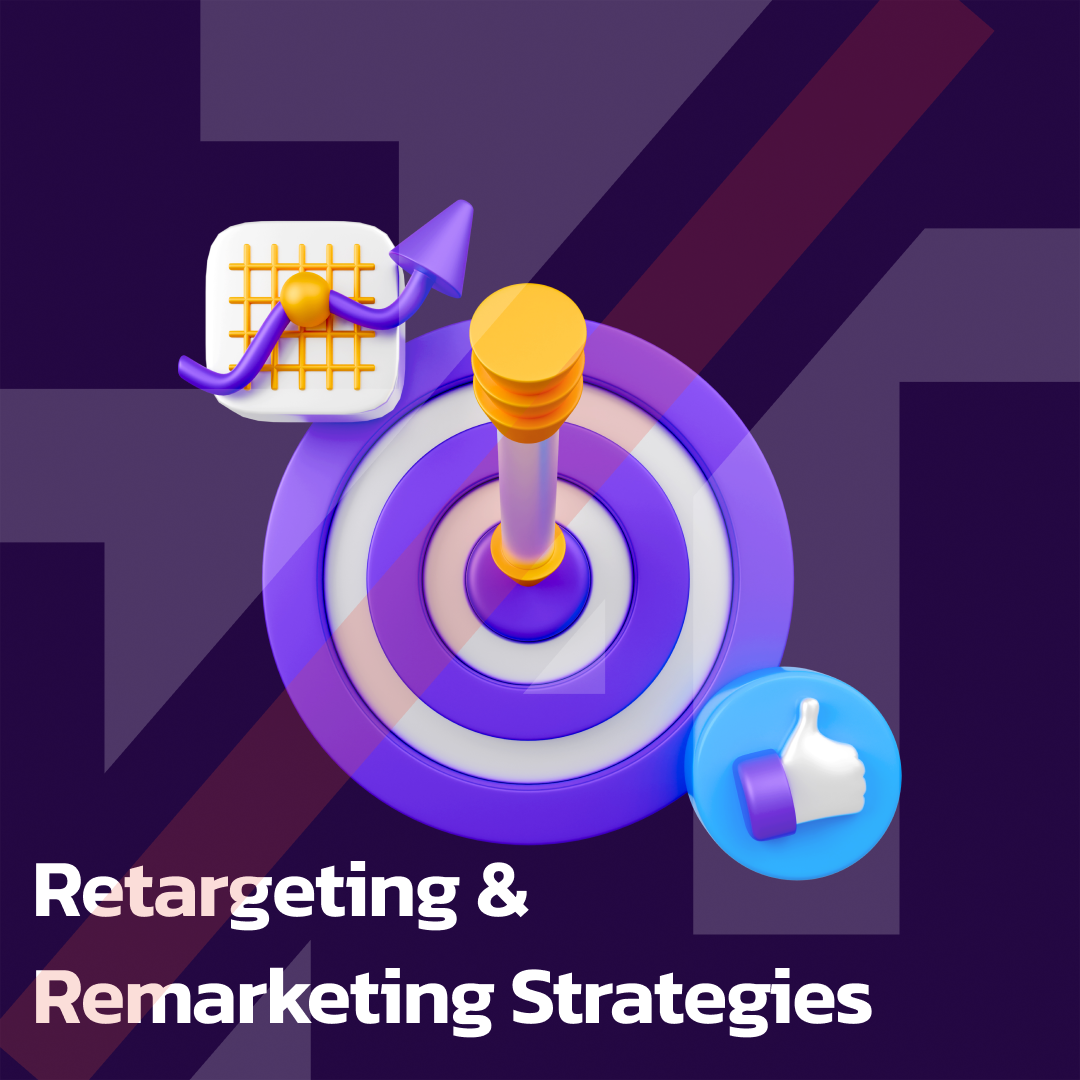Retargeting & Remarketing Strategies: Reconnecting with Your Audience

One of the most powerful strategies in digital marketing is the ability to stay top of mind for users who have already shown interest in your brand. Retargeting and remarketing are two closely related tactics that do just that—helping you reach users who haven’t yet converted and nudging them back into the sales funnel.
What is Retargeting?
Retargeting is the process of showing ads to users who have already interacted with your website or app but didn’t complete a conversion goal, like making a purchase or filling out a lead form. This is done by placing a tracking pixel or cookie on the user’s browser, allowing you to serve them personalized ads as they browse other websites or social media platforms.
For example, if someone visits your website and views a product but leaves without making a purchase, you can retarget them by showing them ads with the exact product they viewed, reminding them of what they left behind.
What is Remarketing?
Remarketing, on the other hand, typically involves reaching out to users through email or other direct communication channels. This strategy is often used for cart abandonment—when a customer adds items to their cart but doesn’t complete the purchase. By sending them a personalized email with a reminder or a special offer, you can encourage them to return to your site and finalize their transaction.
While retargeting focuses on ads shown across the web, remarketing typically takes place through more direct communication, like email, where you can offer additional incentives like discounts or free shipping to encourage conversions.
Why Retargeting and Remarketing Work
Both retargeting and remarketing focus on one of the most powerful audience segments: those who are already familiar with your brand. These are not cold leads—they’ve interacted with your business and are in a position to convert. By keeping your brand in front of them through relevant, personalized messaging, you increase the chances of moving them further down the sales funnel.
The benefits include:
- Increased conversion rates: Because you're targeting users who have already expressed interest.
- Reduced ad spend: You’re focusing on warm leads, which means you’re spending your budget on users most likely to convert.
- Personalized customer experience: Whether it’s through dynamic ads or tailored email campaigns, you can provide a more relevant experience for your audience.
Best Practices for Retargeting & Remarketing
- Segment Your Audience: Not all users are the same. Segment your audience based on their behavior on your site, like which pages they visited or which products they viewed. This will help you create more relevant ads or offers for each group.
- Frequency Capping: Too many ads can be overwhelming and annoying. Use frequency capping to limit how often users see your retargeting ads, ensuring they don’t feel bombarded.
- Offer Incentives: For remarketing, consider offering a special discount or free shipping to encourage users to complete their purchase. A little nudge can go a long way.
- Use Dynamic Ads: Dynamic retargeting ads show users the exact products they’ve previously viewed, which increases the likelihood of conversion. Make sure your ads are personalized and tailored to the user’s interests.
Wrapping Up
Retargeting and remarketing are essential strategies for keeping your brand front and center with customers who are already familiar with your offerings. By using personalized ads and tailored follow-ups, you can turn potential customers into loyal ones and improve your overall conversion rates. It’s time to re-engage your audience and boost your bottom line.